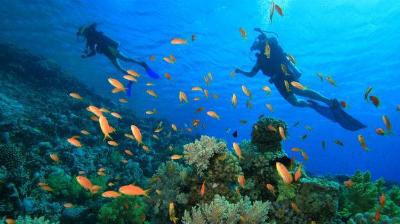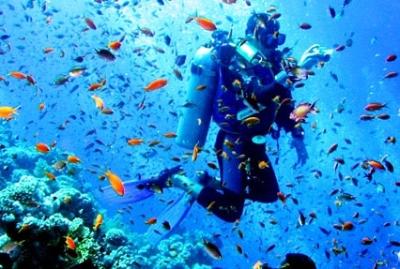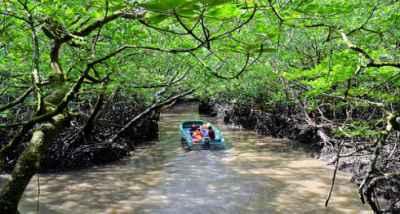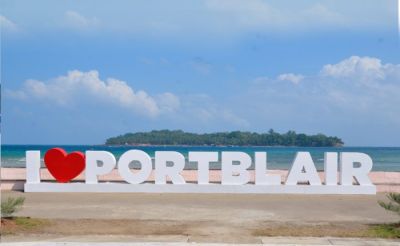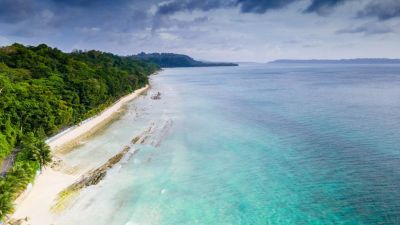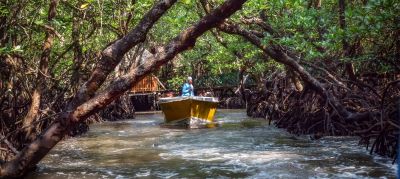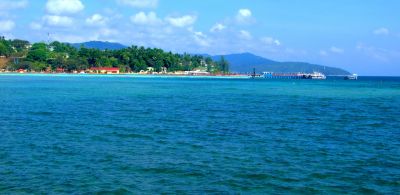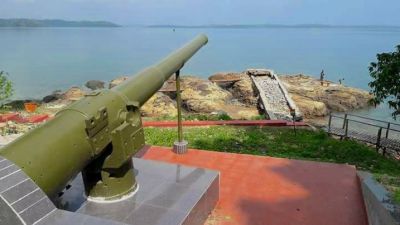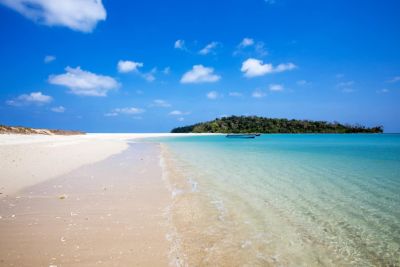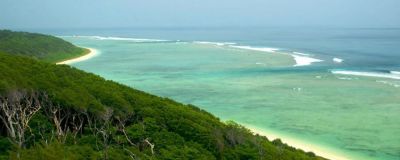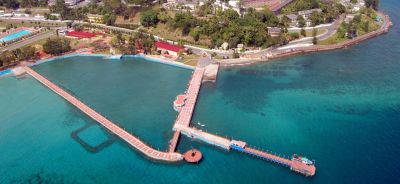Building Paradise: Andaman's Sustainable Architecture
Building Paradise: Andaman's Sustainable Architecture
Welcome to the breathtaking archipelago of the Andaman Islands, an exotic paradise tucked away in the Bay of Bengal. While these islands boast pristine beaches, crystal-clear waters, and lush green forests, they also house some incredible sustainable architectural wonders. In this blog post, we will delve into the innovative and eco-friendly building practices that have made Andaman a beacon for sustainable tourism.
The Andaman Story
Before we can appreciate the sustainable architecture of the Andamans, it is essential to understand the history and environmental significance of this tropical paradise. The Andaman Islands are home to a rich biodiversity, including many endangered species, vibrant coral reefs, and dense mangrove forests. In recent years, the islands have seen a surge in tourist activities, leading to concerns about the impact on the fragile ecosystem.
Recognizing the need to preserve these unique natural resources, the local government, architects, and environmentalists have come together to promote sustainable architecture as a way to minimize the ecological footprint of tourism in the region. Several initiatives have been undertaken to create environmentally conscious structures that blend seamlessly with the stunning surroundings.
Design Principles
The sustainable architecture of the Andamans is characterized by its harmonious integration with nature and its use of locally sourced, eco-friendly materials. Architects and designers have focused on principles such as:
- Passive Design: Buildings are designed to maximize natural ventilation, lighting, and insulation, reducing the need for artificial heating or cooling. This approach not only minimizes energy consumption but also enhances the overall comfort of the occupants.
- Use of Indigenous Materials: Builders utilize locally available materials like bamboo, thatch, and sustainable timber. These materials not only have a lower carbon footprint but also showcase the cultural heritage of the Andaman Islands.
- Water Management: The architects have integrated rainwater harvesting systems and wastewater treatment plants into their designs. These measures help reduce water consumption and promote sustainable water management practices.
- Minimal Site Disturbance: Buildings are strategically placed to minimize disruption to the natural topography and existing vegetation. This approach helps preserve the unique ecosystem of the islands and reduces the need for extensive land clearing.
Noteworthy Structures in Andaman
Now, let's explore some of the standout sustainable architectural marvels in the Andaman Islands:
1. Barefoot at Havelock
Barefoot at Havelock, a rustic eco-resort encompassing 19 acres, showcases the perfect blend of luxury and sustainability. Built using locally sourced materials like bamboo and thatch, the resort offers charming cottages that seamlessly blend with the dense tropical foliage. The unique architecture of the resort ensures a connection with nature while minimizing the environmental impact.
2. Sea Shell Resort
The Sea Shell Resort in Neil Island is a prime example of sustainable design. Constructed with reclaimed wood and bamboo, the resort harmoniously incorporates open spaces, allowing natural light and air to flow freely. The use of indigenous materials and passive design principles make this resort an ecological gem.
3. Forest Museum
The Forest Museum in Port Blair is not only a treasure trove of information about the indigenous flora and fauna but also a marvel of sustainable architecture. The building features locally sourced timber and bamboo construction, providing visitors with a unique experience of being surrounded by nature while learning about it.
4. Dugong Resort
Situated in the pristine Lacadives Sea, Dugong Resort is an eco-friendly underwater hotel that captures the imagination. The resort's design incorporates sustainable materials and energy-efficient systems, while its transparent walls allow guests to immerse themselves in the breathtaking underwater world. The resort aims to raise awareness about marine conservation while offering a luxurious and unforgettable experience.
Conclusion
The sustainable architecture of the Andaman Islands is a testament to the region's commitment to preserving its natural beauty. By integrating environmental considerations with innovative design, these structures showcase the harmonious coexistence of nature and human habitation. As travelers, it is crucial for us to support and appreciate these eco-friendly initiatives, ensuring a sustainable future for this paradise on earth.
We hope this blog post has inspired you to explore Andaman's sustainable architecture and contribute to the preservation of these breathtaking islands. Share this post with your fellow travelers and help spread the word about the importance of sustainable tourism in this magnificent corner of the world.
Disclaimer : The information provided in this blog is for general informational purposes only. While we strive to keep the content accurate and updated, TravelSetu assumes no liability for errors or omissions. If you believe any part of this blog infringes your rights or causes concern, please notify us immediately at info[at]travelsetu[dot]com so that appropriate action can be taken.
